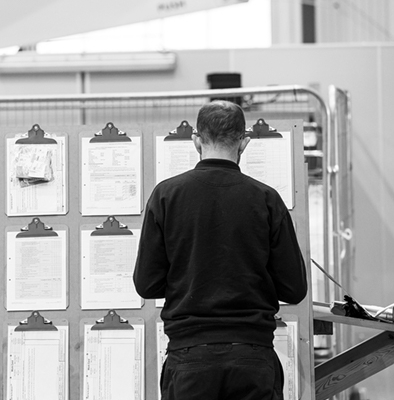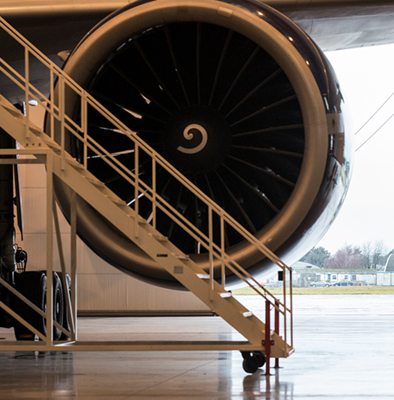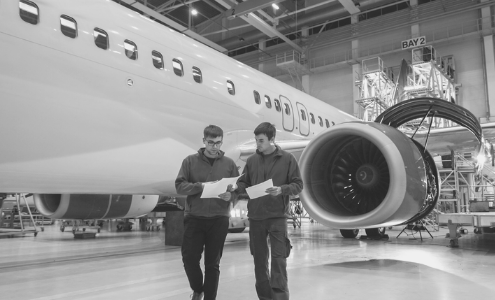As air travel continues to grow, the role of a Continuing Airworthiness Management Organization (CAMO) within the Aviation industry has become more important than ever. Originally a term used in Europe, CAMO is now used worldwide to ensure that all aircraft are maintained to the highest standards.
The Role of CAMO in Aviation Safety and Compliance
Simply put, it is a National Aviation Authority (NAA) approval provided to a maintenance company that meets certain requirements. For example, by the Civil Aviation Authority (CAA) or European Union Aviation Safety Agency (EASA). Since its introduction in 2003, the designation, also known as Part-M, has been a requirement for all aircraft with EU registrations. In addition to other duties, CAMO-approved firms are in charge of coordinating with authorities on behalf of aircraft owners, solving maintenance issues, and conducting record audits.
Air travel has evolved to include new technologies and improvements as it grows more complex. Companies are now required to evaluate Airworthiness Directives and Service Bulletins, solicit maintenance feedback from management, and conduct on-site aircraft inspections. In some circumstances, the authorised organisation may even be on-site during extensive maintenance to supervise the technical components of the procedure.
The niche field of aircraft engineering planning and maintenance management has immensely changed in the aviation industry over the last decade. Previously, any semi-retired aircraft engineer could offer these services to clients with private aircraft in Europe. Whereas today, for an engineer to offer such services for an EASA-registered mid-weight turbine aircraft, they must obtain CAMO approval.
Acquiring approval nowadays means an organization must establish that it possesses the following aspects:
- employees who are NAA-approved with the relevant training and experience,
- a planned training programme for staff,
- have adequate office facilities,
- establish a secure IT infrastructure with all necessary protocols in place.
The significance of CAMO for aircraft Operators
It’s primary responsibility is to plan and coordinate all maintenance activities to keep the aircraft airworthy as much as possible. This includes forecasting planned maintenance work, conducting reliability assessments, and ensuring that maintenance providers can begin and finish works within the planned downtime. By doing so, they help keep aircraft owners, lessors and operators happy and safe in the knowledge that they can use their aircraft outside of maintenance downtime.
A good CAMO-approved company is the eyes and ears of the aircraft owner and lender, keeping them informed about the technical aspects of the aircraft, past, present, and future. Significant levels of trust are required in the maintenance of an aircraft, and owners should ensure that their trust is well-placed when choosing a company.
Choosing a Reliable CAMO Service for Effective Maintenance Management
As Europe’s leading CAMO we offer a full suite of regulatory services from Continuing Airworthiness Management (CAM) to Airworthiness Review Certificates (ARC) to meet the EASA, Bermuda, Cayman and Guernsey compliance frameworks. We have relationships with NAA within and outside of the EASA and can use our aviation network to great effect.
Having a expert team, coupled with our own state-of-the-art CAMO software tools, ensures that our clients’ needs are taken care of. As the industry continues to evolve, FlyerTech gives our clients complete peace of mind, knowing that their fleet is maintained to the highest standards, protected, and operating safely.
 https://www.flyertech.com/wp-content/uploads/2020/07/grid-case-studies-arc.jpg
517
394
Mike
https://www.flyertech.com/wp-content/uploads/2020/05/Flyertech-Logo-1.png
Mike2024-11-14 17:16:162024-11-14 17:16:16The Benefits of Outsourcing Technical Representation
https://www.flyertech.com/wp-content/uploads/2020/07/grid-case-studies-arc.jpg
517
394
Mike
https://www.flyertech.com/wp-content/uploads/2020/05/Flyertech-Logo-1.png
Mike2024-11-14 17:16:162024-11-14 17:16:16The Benefits of Outsourcing Technical Representation



